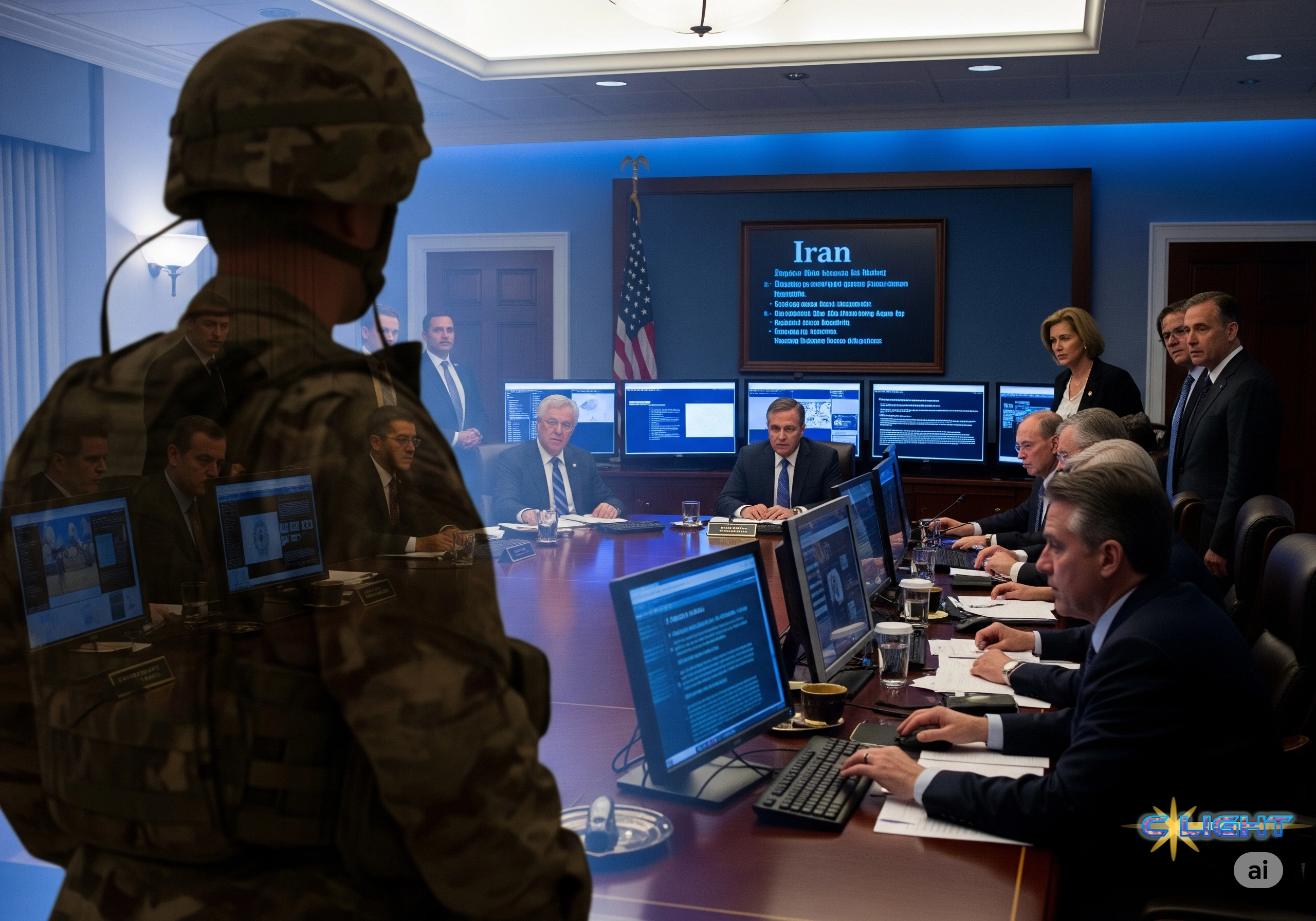History may not repeat itself, but in the halls of power in Washington, it produces haunting echoes. For anyone whose memory is not a casualty of the relentless news cycle, the rhetoric now being marshaled against Iran is a chilling reverberation of the arguments used to justify one of the most catastrophic American foreign policy decisions of the modern era: the 2003 invasion of Iraq. The players have changed, but the script is eerily familiar. Once again, a U.S. administration is dismissing its own intelligence, amplifying the claims of a key Middle Eastern ally, and building a public case for a preemptive war based on a looming, yet unproven, nuclear threat.
The blur of time can be a dangerous thing; it can dull the sharp edges of past disasters, making them seem like distant, irrelevant history. But the decision to invade Iraq over two decades ago is not abstract history; it is the essential, tragic blueprint for the folly being contemplated today. We are not just at risk of repeating the same damn mistake; we are being actively sold the same damaged goods by a new set of political salesmen.
The central justification for the 2003 war, the one that saturated the airwaves and convinced a frightened, post-9/11 nation, was the alleged existence of Weapons of Mass Destruction (WMDs). The George W. Bush administration, driven by influential neoconservative voices, painted a terrifying picture of Saddam Hussein possessing vast, hidden stockpiles of chemical and biological weapons, and being on the verge of acquiring a nuclear bomb. Vice President Dick Cheney’s infamous “one percent doctrine”—the idea that if there was even a 1% chance of a threat being real, it must be treated as a certainty—became the operating principle. National Security Advisor Condoleezza Rice warned that we could not wait for the “smoking gun” to be a “mushroom cloud.” Secretary of State Colin Powell, in a now-infamous 2003 presentation to the United Nations, used satellite imagery and supposed intelligence intercepts to lend his considerable credibility to the case for war.
It was all a lie. Or, to be charitable, it was a catastrophic intelligence failure, amplified by an administration that heard only the evidence it wanted to hear. The UN inspectors on the ground found nothing. Key intelligence was based on unreliable sources and outright fabrications. The aluminum tubes were not for centrifuges; the mobile labs were not for biological agents. And after the invasion, after the loss of thousands of American lives and hundreds of thousands of Iraqi lives, no WMDs were ever found.

Now, listen to the echoes. Felonious Punk, in the midst of the current Israel-Iran conflict, has made his central mission clear: “IRAN CAN NOT HAVE A NUCLEAR WEAPON!” When confronted with the assessment of his own Director of National Intelligence, Tulsi Gabbard, that the U.S. intelligence community does not believe Iran is actively building a weapon, his response was a dismissive shrug: “I don’t care what she said. I think they were very close to having it.”
The parallel is exact and terrifying. Once again, the formal, sober assessment of the intelligence community is being brushed aside in favor of a leader’s “gut feeling,” one that conveniently aligns with the hawkish position of a key ally, Israel, that has long advocated for military action. The “one percent doctrine” is back, not as a stated policy, but as an implicit justification for taking the most extreme threats at face value while dismissing all countervailing evidence.
The 2003 invasion of Iraq was meant to be a swift operation that would be greeted with flowers in the streets. It was supposed to lead to a stable, democratic Iraq that would be a beacon in the Middle East. The reality was a decade-long insurgency, the creation of a power vacuum that directly led to the rise of the Islamic State, the destabilization of the entire region, and the expenditure of trillions of dollars and immeasurable American credibility. The war, meant to prevent a regional threat, instead created a global one.
A conflict with Iran would be exponentially worse. Iran is a larger, more populous, and more militarily capable nation than Iraq was in 2003. A full-scale war would not be a swift “decapitation”; it would be a bloody, protracted conflict that would almost certainly engulf the entire region. The “unintended consequences” would be catastrophic: the collapse of global oil markets as the Strait of Hormuz is closed, a massive refugee crisis, and the empowerment of Iran’s proxies—like Hezbollah—who have a global reach.

The very real danger is that we are witnessing the same lethal combination of factors that led to the Iraq disaster: an administration convinced of its own righteousness, a dismissal of dissenting intelligence, and a public relations campaign designed to sell a war of choice as a war of necessity. We are being told to ignore the lessons of the past, to forget the “Mission Accomplished” banners and the years of carnage that followed. We are being asked to believe that this time, the intelligence is right, the threat is imminent, and the outcome will be different.
History teaches us to be skeptical of such claims. It teaches us that wars based on fear and faulty premises do not lead to stability; they lead to chaos. The ghosts of Iraq are not just a memory; they are a warning. And it is a warning we are ignoring at our extreme peril.
Don’t make us come to your home and scream into your faces. This is an extremely serious matter with many lives, both US, Israeli, and Iranian lives, on the line. We must stop them now.
Impeach.
Convict.
Remove.
Discover more from Clight Morning Analysis
Subscribe to get the latest posts sent to your email.










